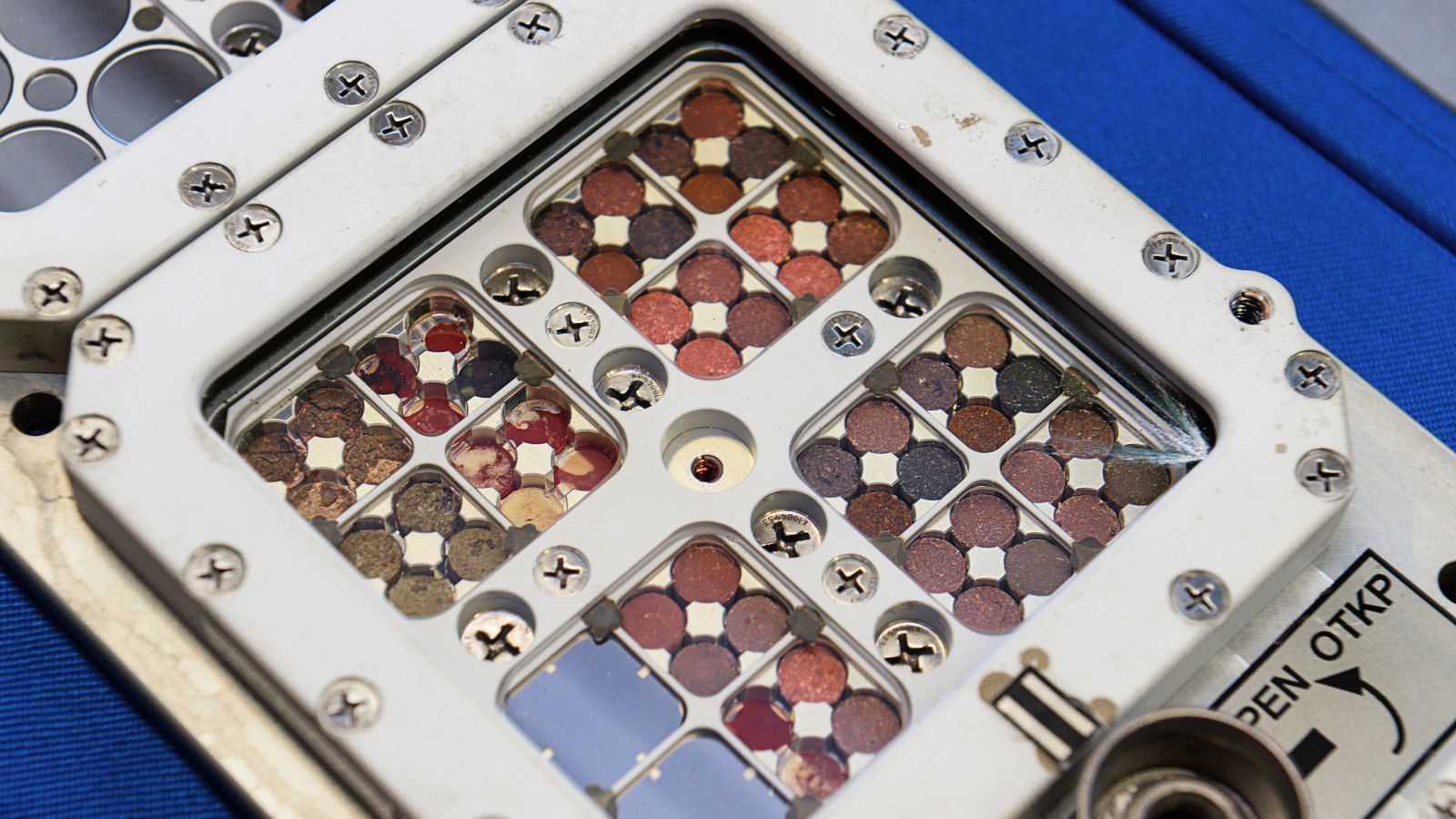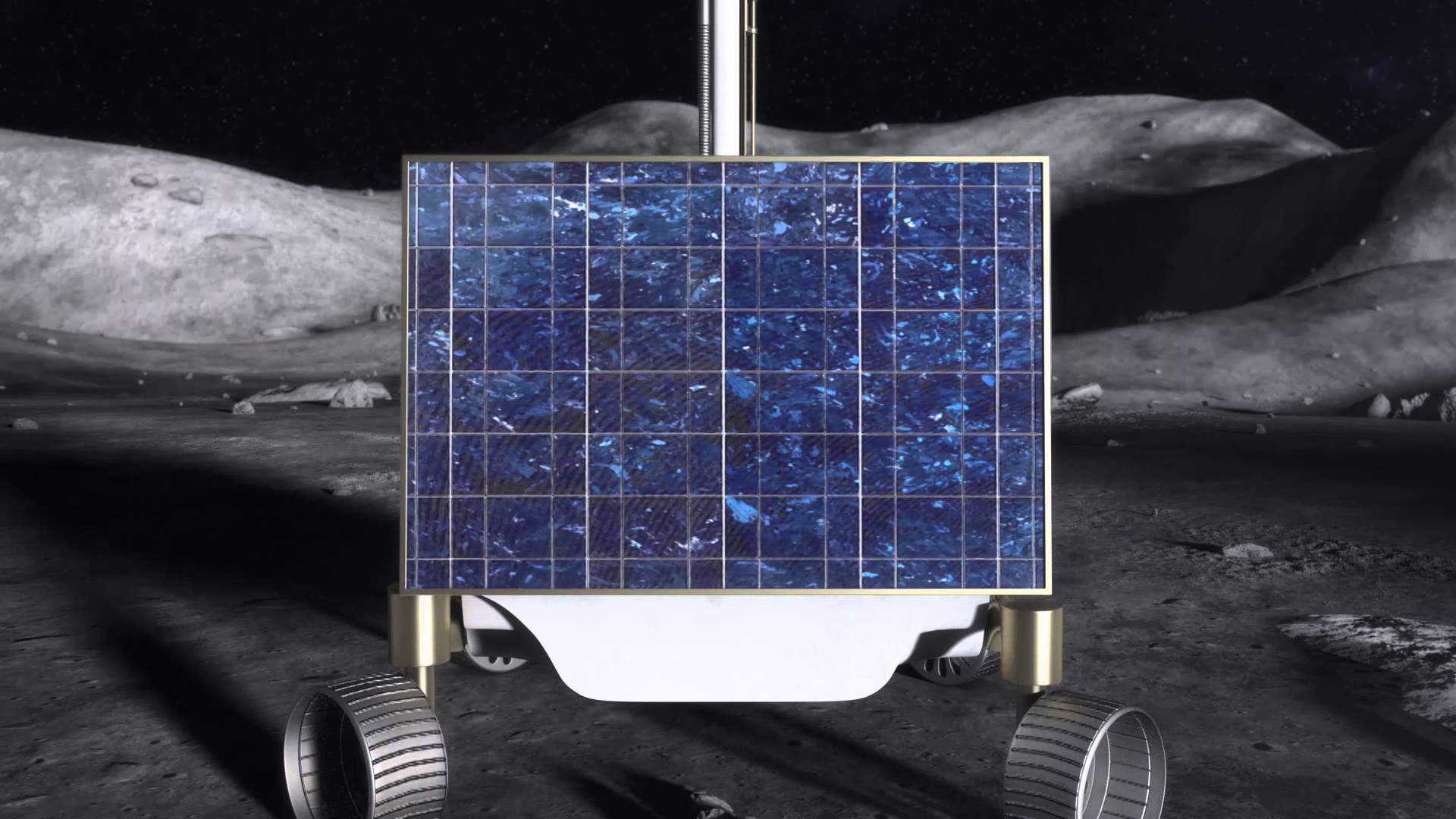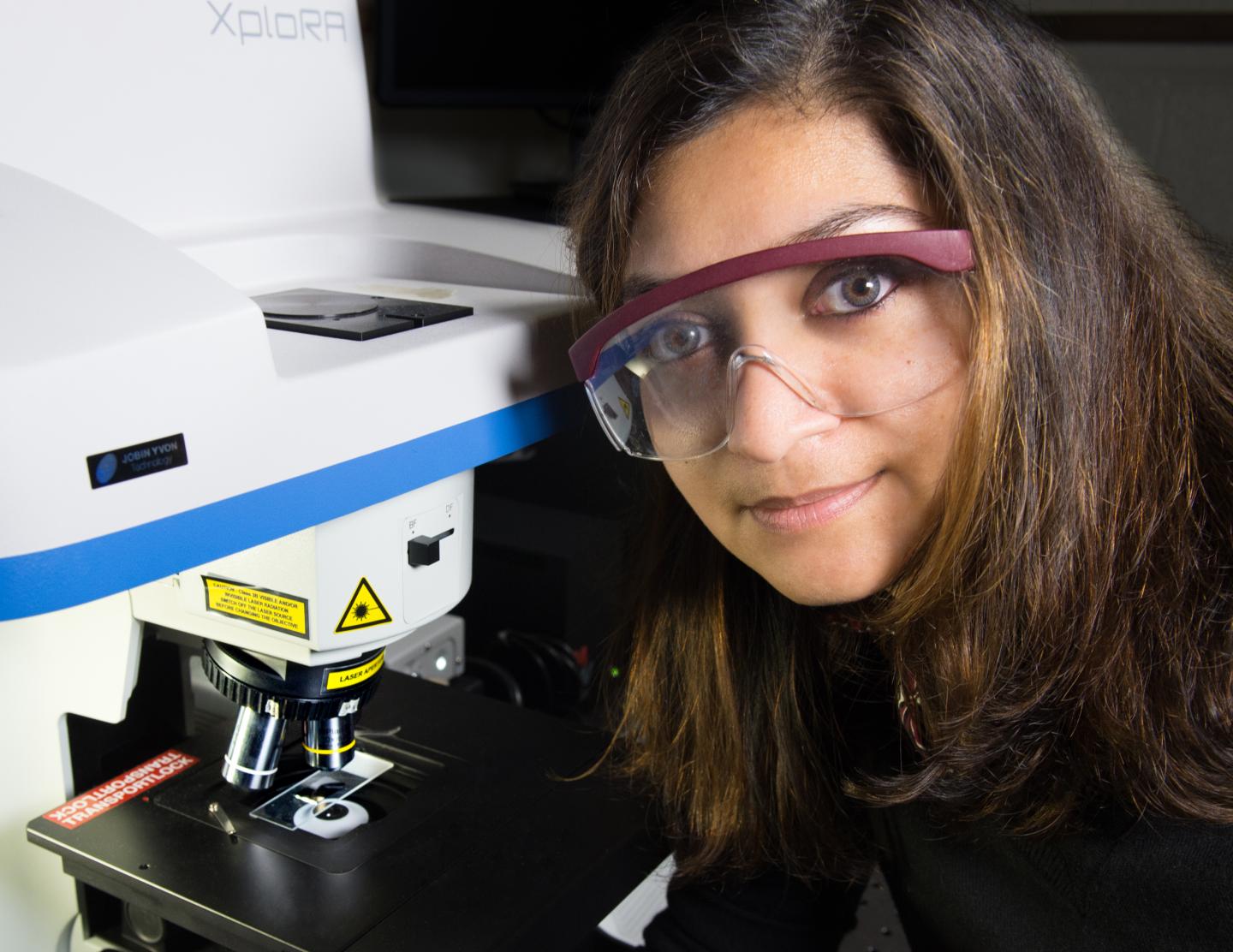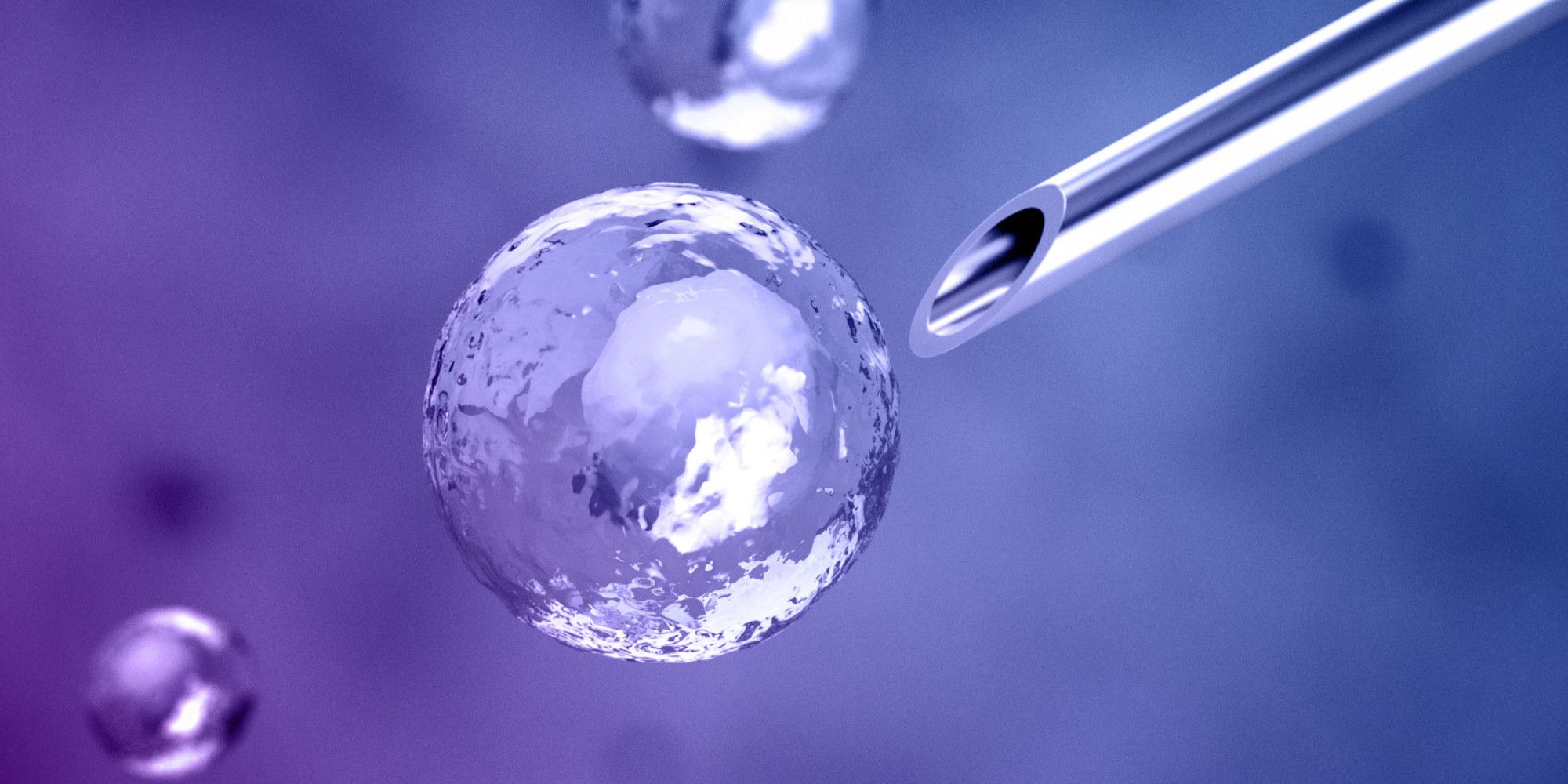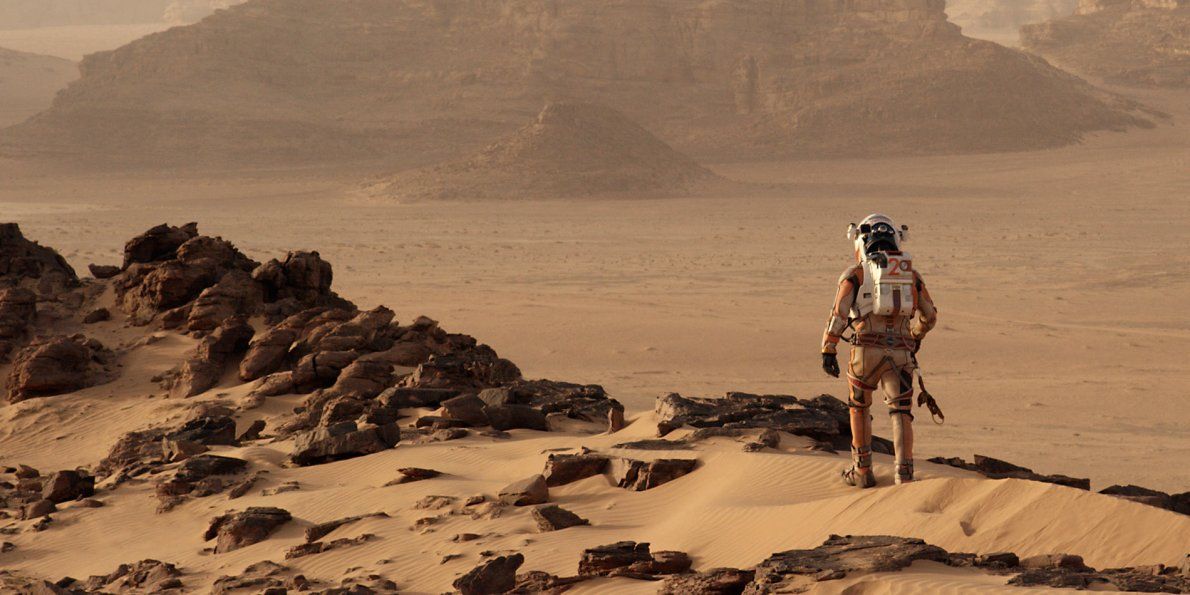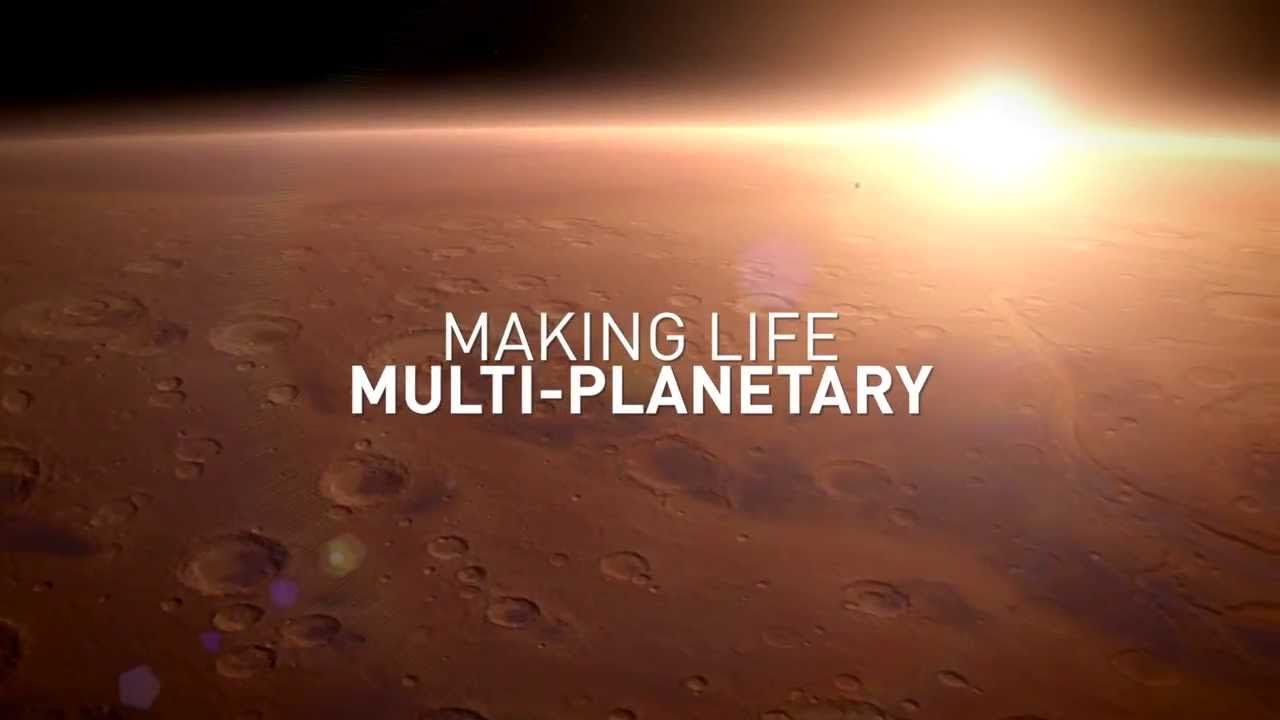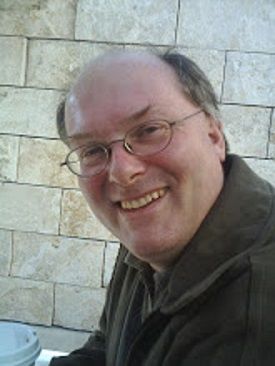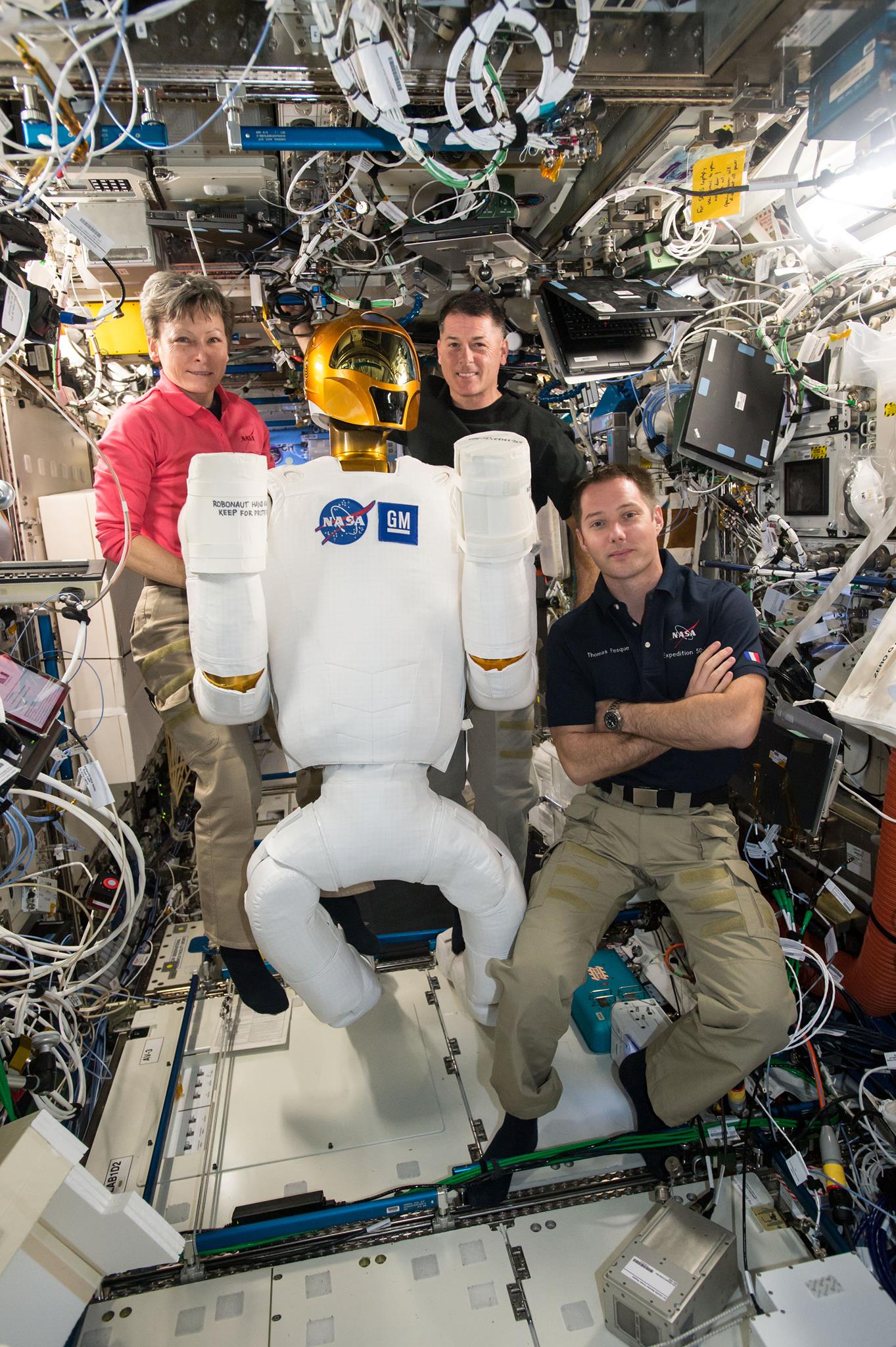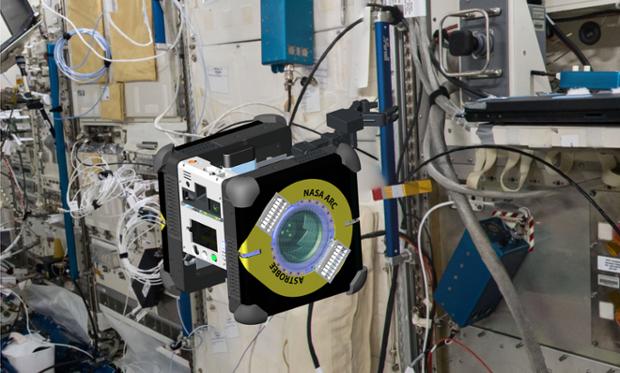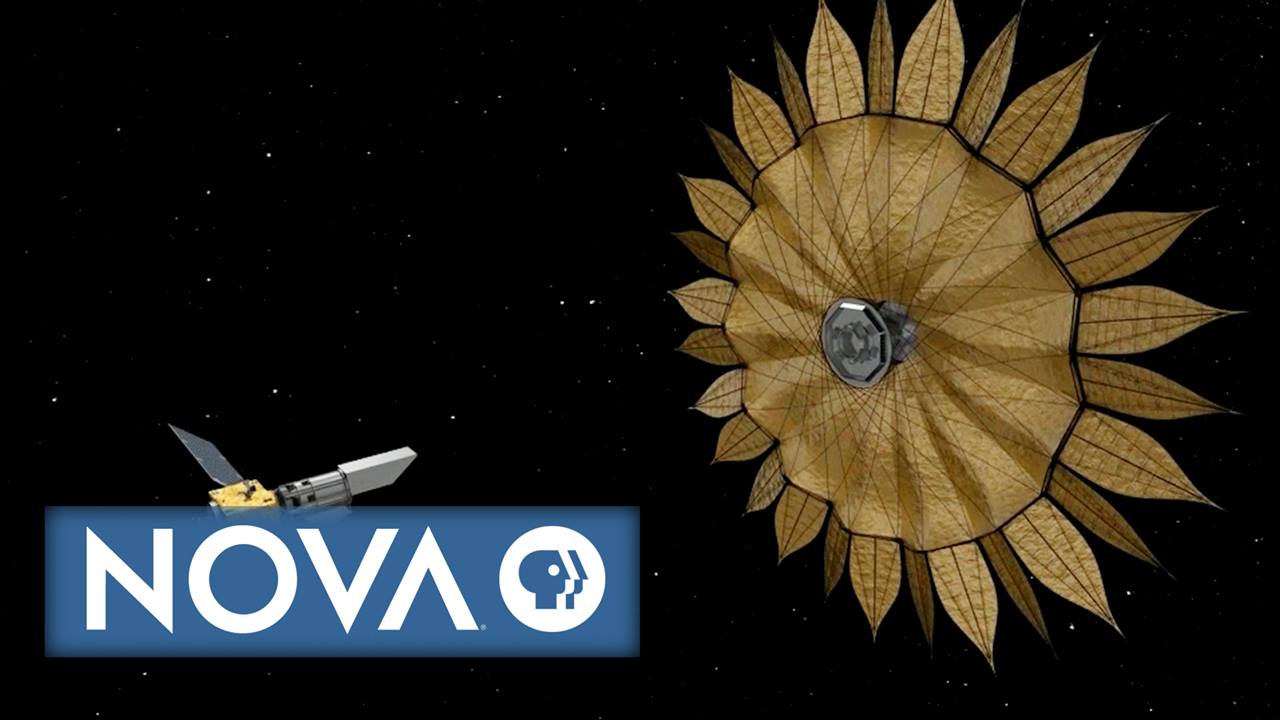Humans won’t survive on Mars for very long if they don’t learn to grow their own food. That’s why we need to answer the question: What, if anything, can grow on the red planet?
A two-year experiment on the International Space Station (ISS) gives us some hints. A species of green algae and photosynthesizing bacteria have survived their 450-day stay in outer space. All but one of the algae samples started growing after being returned to Earth.
The experiment was part of the Biology and Mars Experiment (BIOMEX) to understand to what extent terrestrial life can survive in space. It involved a series of pockets where hundreds of specimens of bacteria, fungi, lichens, algae, and mosses were exposed to conditions of near vacuum, temperatures between −4 °F (−20 °C) and 116 °F (47 °C), and a continuous blast of ultraviolet radiation.
